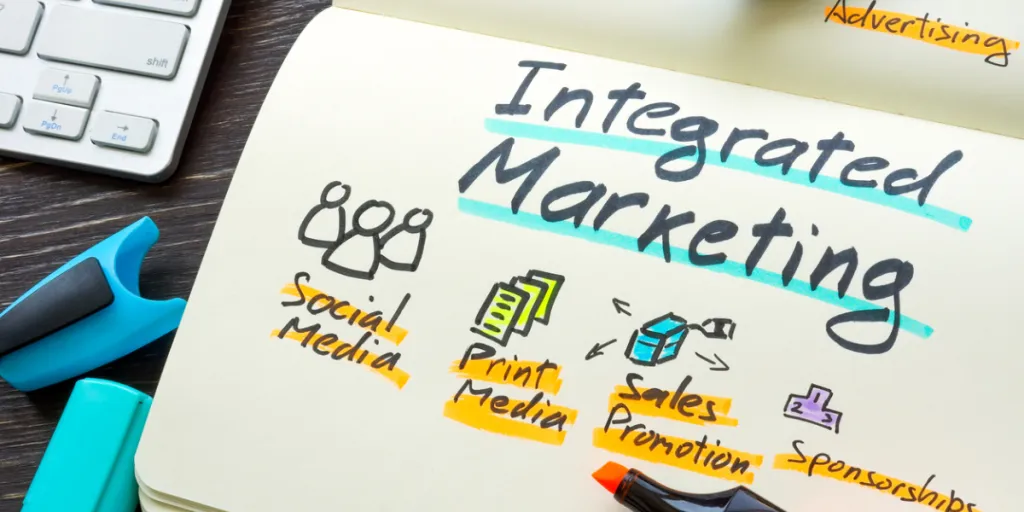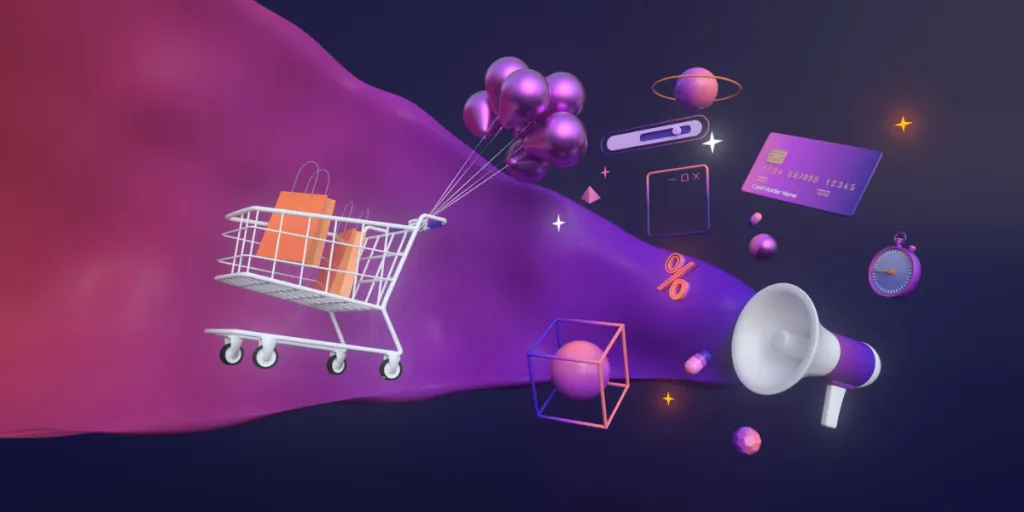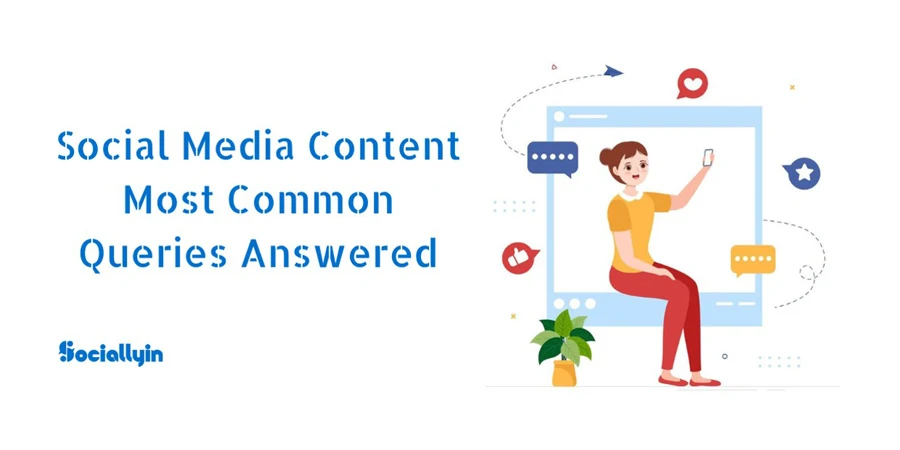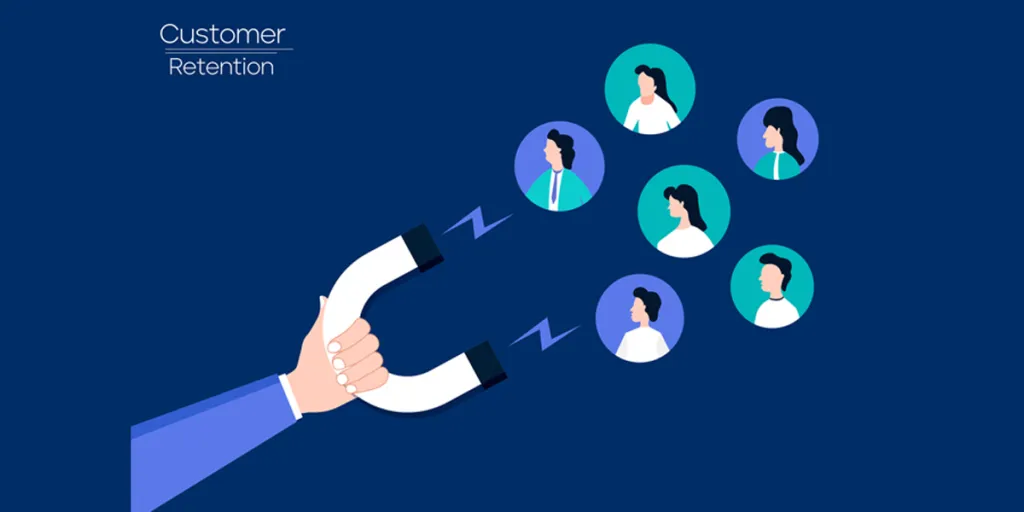If you think that customer segmentation only refers to demographic information like age and gender, think again!
For a truly meaningful segmentation strategy that lets you send the right message at the right time, you need behavioral segmentation. This approach enables you to see which groups of your audience buy from you most often, spend the most (and least) amount of money, and to send reminders if a visitor has left your site without completing a purchase.
Table of Contents
What is behavioral segmentation?
Types of behavioral segmentation
Behavioral segmentation benefits
Behavioral segmentation examples
Summary
What is behavioral segmentation?
Behavioral segmentation is a marketing process that uses customer behavior and product usage to divide customers into distinct groups. Behavioral segmentation focuses on how people buy and use your product, their knowledge about it, and how often and how much they use it.
Customer behavior segmentation is about understanding the customers’ needs by analyzing their patterns and tendencies. For example, do some customers purchase a product only on holidays? Do they only respond to a specific promotional offer? Brands use this real-time data to tailor offers and marketing campaigns to boost sales from every segmented group.
Types of behavioral segmentation
The four main types of behavioral segmentation variables include usage and shopping behavior, benefits, occasions, and loyalty:
- Usage and purchase behavior – Based on purchase frequency and level of engagement, usage-based behavioral segments can include heavy, medium, and light users as well as non-users, first-timers, and former users.
- Benefits – Product benefits and features customers favor and are most suitable for their lifestyle. For example, product quality, value, speed, beauty, entertainment, nutrition, taste, etc.
- Occasions – Occasion-based behavioral segments where customers tend to purchase or interact with your brand on specific occasions like birthdays, weddings, anniversaries, graduation, holidays, emergencies, etc.
- Customer loyalty – Customers who continue to purchase from your brand and actively engage with your communication. Some examples of loyalty-based customer segments are customers with and without the risk of defecting, customers using referral codes, channel-wise loyalty (in-app or website purchases), etc.
Behavioral segmentation benefits
Why is behavioral segmentation important? Let’s explore some of the main benefits to understand its effectiveness:
- Understand customers better – Behavioral segmentation allows marketers to better understand each customer, including what they need, and predict their future buying patterns.
- Personalized and relevant marketing campaigns – There’s no better way to personalize marketing communication and run relevant campaigns than by segmenting customers into their habits, attitudes, or tastes. Customers can resonate with such personalized campaigns and continue engaging with you.
- More effective customer retention – Using personalized communication methods and paying attention to customers’ needs can encourage customers to continue their loyalty to your brand. As a result, you notice increased customer satisfaction and retention levels.
- Efficient budget and resource allocation – Segmenting and prioritizing customers who can add a greater lifetime value and ROI lets you plan your budget and allocate resources efficiently.
- Improved overall customer experience – Customer behavior segmentation lets you add a touch of uniqueness and personalization across all digital touchpoints, thus improving the customer experience throughout their journey with your brand.
Behavioral segmentation examples
Now that you understand why you don’t have to limit your marketing campaigns to generic segmentation, let’s see behavioral segmentation in action with five real-life examples of brands winning at sales:
1. Baking Steel: Targeted email to increase engagement
Behavioral segmentation type: Purchase behavior
The brand needed robust segmentation tools to offer personalized customer service, run promotional email campaigns, and track results with advanced reporting features.
Baking Steel chose Omnisend to segment customers and create powerful automated workflows. Segmenting customers based on their separate purchase-specific tasks (abandoned carts, post-purchase event, etc.) and automating personalized emails to each segment helped them reach diverse audiences with hyper-targeted messaging.
As a result, the brand noticed a 139.74% higher email open rate and a massive 214% higher revenue-per-email for post-purchase campaigns run after customer segmentation based on purchase behavior.

2. Netflix: Personalized content recommendations
Behavioral segmentation type: Product usage
Netflix is one of the best examples of behavioral segmentation based on its users’ app usage. The video streaming platform tracks its users’ usage patterns, for example, frequency of use, time spent on the app, types of movies or TV shows viewed, and more.

As a result, Netflix offers tailored viewing experiences to its millions of users by recommending shows and movies. Also, Netflix sends personalized promotional emails to segmented users, persuading them to log in to the app. This is a great attempt to improve customer retention with a touch of personalization.
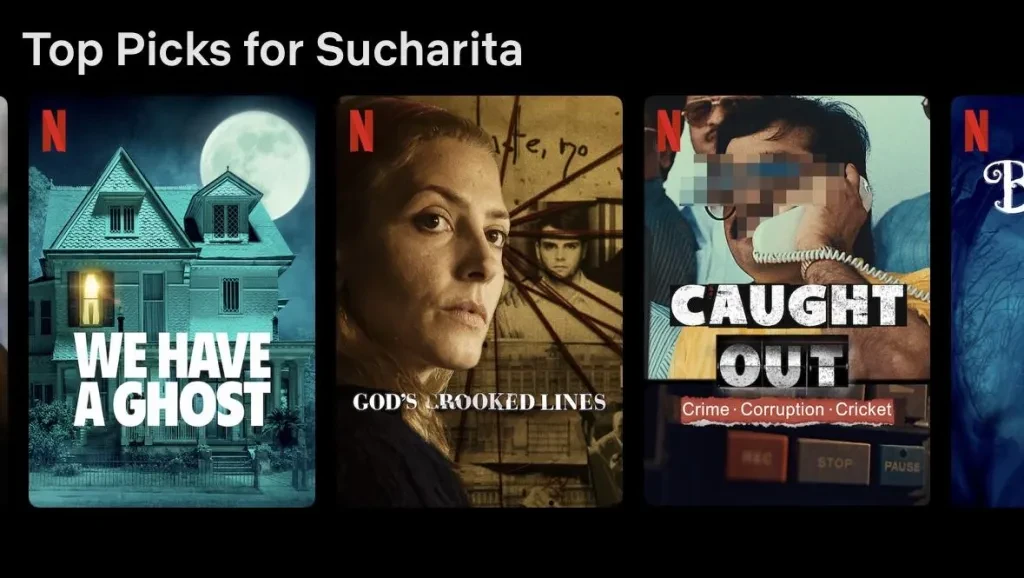
3. Amundsen Sports: Promo with a product target customers need
Behavioral segmentation type: Benefits
The team at Amundsen Sports found it challenging to design promotional emails that align with different buyer personas. They found solace in Omnisend’s email automation solutions to customize emails like order confirmations, product abandonment, post-purchases, etc.
The technique used? Using Omnisend, the brand built intuitive workflows founded on segmentation and designed emails to welcome new customers, recapture inactive ones with abandoned cart email sequences, and more.
The brand added product benefits targeting customers’ needs across their messaging. For example, their abandoned cart email features a photo of people enjoying nature using Amundsen’s product, followed by a few sentences about the benefits of spending time outside—enough to nudge readers to finish their purchase or continue shopping.

4. To’ak Chocolate: Get a delicious gift for Father’s Day
Behavioral segmentation type: Occasions and situations
To’ak Chocolate amped up their digital brand with email marketing. They started off creating automated welcome email series for new subscribers using Omnisend and shared their brand story and mission to build strong connections from the get-go.
The brand doubled down on email promotions on special events like Father’s Day. They used personalized messaging for every customer using Omnisend’s pre-made email templates and included exclusive offers and free gifts.

5. B-Wear: Customer appreciation email
Behavioral segmentation type: Customer loyalty
B-Wear’s marketing team looked to analyze data points to know which customers they’ve successfully retained versus who they’ve lost. They experimented with segmented lists based on purchase histories, customer engagement levels, customers needing offers to continue shopping, and so on.
Analyzing past-purchases and engagement let B-Wear segment its most loyal customers. The brand sent them exclusive incentives as part of their ‘customer appreciation’ email sequences, thus boosting repeat purchases.

Summary
The idea behind behavioral customer segmentation is simple. Like the phrase says: “actions speak louder than words” and customers are defined by their actions rather than just who they are and where they are from.
Behavioral segmentation is more customer-centric, accurate, and effective than other segmentations. But there is no one-size-fits-all solution for behavioral market segmentation. You can segment your customers based on their product usage histories, occasional purchases, brand loyalty, and product benefits.
If you want to know your customers inside out, build relevant email marketing campaigns, and focus on customer retention while saving your marketing budget, behavioral segmentation should be a part of your strategy.
Source from Omnisend
Disclaimer: The information set forth above is provided by Omnisend independently of Alibaba.com. Alibaba.com makes no representation and warranties as to the quality and reliability of the seller and products.
